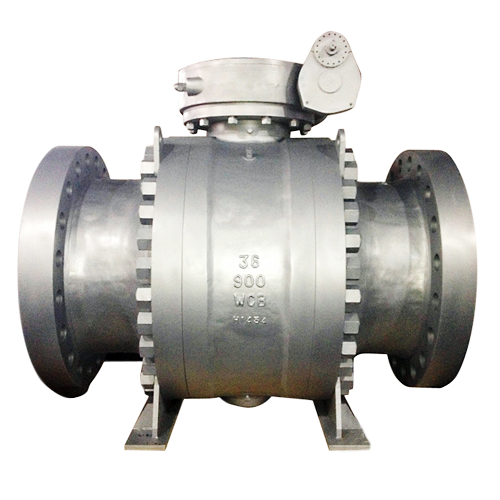Ball valves, with their simple structure, easy operation, and excellent sealing performance, have become widely used control components in both industrial and residential sectors. Particularly in water supply systems, an increasing number of engineers and installers are choosing ball valves as the primary fluid control device.
But are ball valves truly suitable for water systems? How should one properly select and install them to ensure long-term stable operation?
This article provides a comprehensive overview from the perspectives of structural principles, performance characteristics, and application recommendations.

Ball valves can complete the opening and closing operation with a simple 90° rotation, making them easy to operate and highly responsive—ideal for emergency situations or water systems that require frequent switching.
High-quality ball valves are equipped with PTFE or reinforced sealing materials, enabling zero leakage. They are particularly suitable for water supply systems in residential buildings, commercial complexes, and industrial facilities where sealing performance is critical.
Compared to gate valves or globe valves, ball valves occupy less space and offer flexible installation, making them ideal for water modules with high equipment integration.
Ball valves made of stainless steel, brass, or plastic materials (such as UPVC) offer excellent corrosion resistance, capable of handling various water qualities (soft water, hard water, reclaimed water) and different additives.
Ball valves are suitable for the following types of water systems:
(1) Domestic Water Systems: Such as internal building water supply, point-of-use control for sanitary fixtures, and garden irrigation systems.
(2) Industrial Water Systems: Such as cooling water circulation systems, boiler feedwater systems, and water supply for cleaning equipment.
(3) Water Treatment Systems: Including reverse osmosis pretreatment, greywater recycling, and wastewater transfer processes.
(4) Special Applications: High-pressure hot water systems or cleaning water containing chemical additives.
However, caution should be exercised in the following scenarios:
(1) High-Frequency Modulation Conditions Standard ball valves are not suitable for precise flow regulation. It is recommended to use V-port ball valves or control-type electric ball valves.
(2) Water Containing Sand, Gravel, or High Levels of Suspended Solids A Y-strainer should be installed to prevent particle blockage or damage to the sealing surfaces.
(3) High-Temperature Hot Water Systems High-temperature ball valves with metal sealing structures should be selected to prevent seal aging and deformation.
To ensure stable operation of ball valves in water systems, special attention should be given to the following selection parameters:
|
Parameter |
Recommended Configuration |
|
Material |
Brass, Stainless Steel 304/316, UPVC, CPVC |
|
Nominal Diameter |
DN15 to DN100 common specifications; should match the pipeline diameter |
|
Connection Type |
Threaded connection, flanged connection, socket welding, etc. |
|
Pressure Rating |
PN10, PN16, PN25 are common; must match system pressure |
|
Operation Method |
Manual, electric, or pneumatic, depending on control requirements |
|
Body Structure |
One-piece, two-piece, or three-piece, selected based on ease of maintenance |
Most ball valves allow bidirectional flow, but some models with check valve functions must be installed strictly according to the indicated flow direction.
Ensure that the valve and adjacent pipelines are aligned on the same axis to prevent stress concentration on the valve body or potential leakage.
Remove debris from the pipeline before installation to prevent damage to the sealing surfaces by metal shavings or welding residues.
Avoid excessive force during operation, especially with plastic ball valves, to prevent stem breakage or ball core wear.
For locations that are difficult to access or require remote control, consider equipping the valve with an electric or pneumatic actuator.
(1) Inspect the valve’s opening/closing flexibility and sealing performance every 6 to 12 months.
(2) Regularly discharge debris from the pipeline and clean the interior of the valve body.
(3) For ball valves that are not in use for extended periods, it is recommended to store them in the closed position.
(4) If any issues such as valve sticking, leakage, or abnormal operation are detected, promptly replace the sealing components or the entire valve.